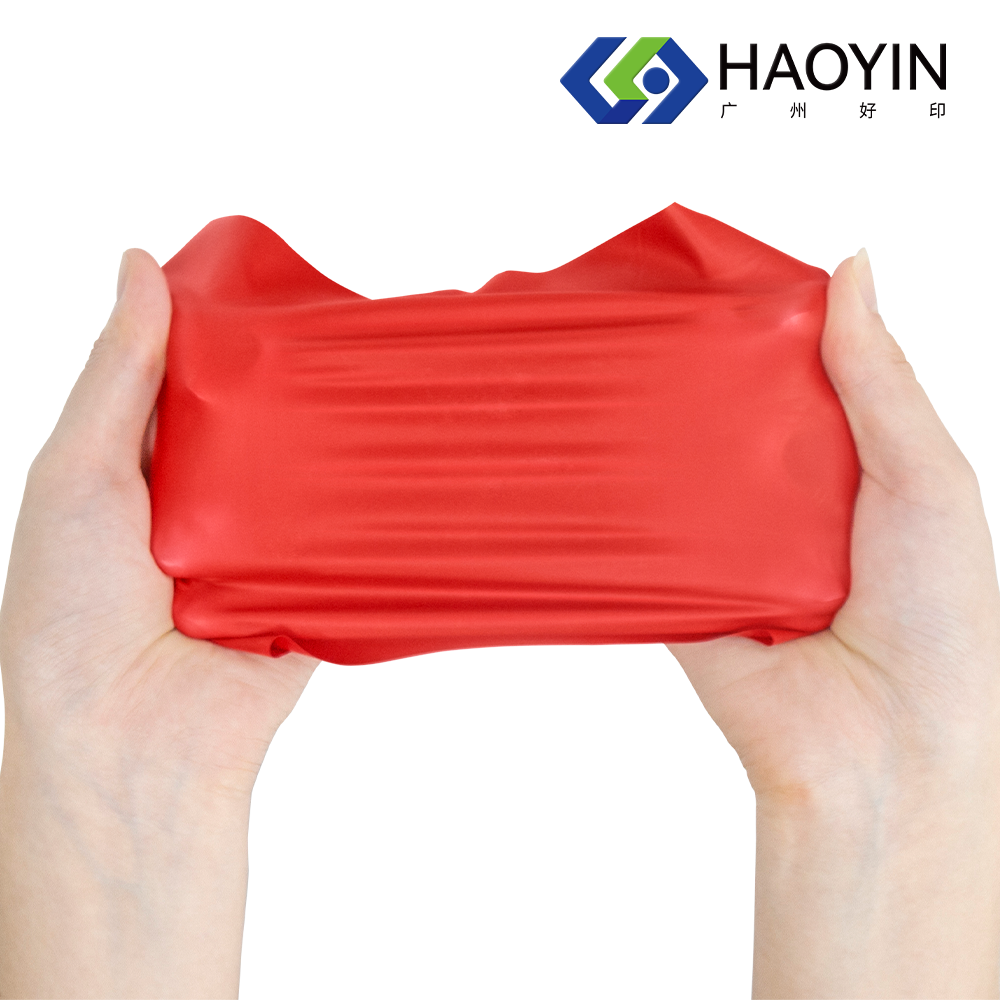Understanding the Revolution in Garment Customization
The garment decoration industry has witnessed remarkable transformations over the years, and PU heat transfer vinyl stands at the forefront of this evolution. This innovative material has revolutionized how businesses and crafters approach custom apparel creation, offering unprecedented possibilities for design and application. From small home-based operations to large-scale manufacturing facilities, PU heat transfer vinyl has become the go-to choice for producing high-quality, durable, and visually striking garment decorations.
As we delve deeper into the world of garment customization, it becomes clear why PU heat transfer vinyl has gained such widespread popularity. Its versatility, ease of use, and superior results have made it an indispensable tool for anyone looking to create professional-quality custom apparel. Whether you're just starting your journey in garment decoration or looking to upgrade your existing processes, understanding these benefits will help you make informed decisions about your crafting materials.
Superior Durability and Longevity
Enhanced Wash Resistance
One of the most compelling advantages of PU heat transfer vinyl lies in its exceptional durability during washing. Unlike traditional decoration methods, designs created with this material maintain their integrity even after numerous wash cycles. The molecular structure of PU heat transfer vinyl forms a strong bond with fabric fibers, ensuring that designs remain vibrant and intact throughout the garment's lifetime.
Professional decorators have reported that properly applied PU heat transfer vinyl can withstand over 50 wash cycles without significant deterioration. This impressive wash resistance makes it particularly suitable for athletic wear, uniforms, and other frequently washed items.
Weather and Environmental Protection
PU heat transfer vinyl demonstrates remarkable resilience against various environmental factors. Whether exposed to direct sunlight, humidity, or varying temperatures, the material maintains its shape, color, and adhesion properties. This weather resistance makes it an excellent choice for outdoor sportswear and promotional clothing that may face challenging conditions.
The material's resistance to fading and cracking ensures that designs remain professional-looking throughout extended periods of use, providing excellent value for both decorators and end-users.
Versatility in Application
Wide Range of Fabric Compatibility
PU heat transfer vinyl showcases exceptional versatility when it comes to fabric compatibility. It adheres effectively to a diverse range of materials, including cotton, polyester, nylon, and various blends. This broad compatibility eliminates the need for multiple specialized materials, streamlining inventory management and reducing costs for decoration businesses.
The material's adaptability extends to both natural and synthetic fabrics, making it a universal solution for garment decorators working with diverse product lines. From lightweight performance wear to heavy cotton sweatshirts, PU heat transfer vinyl delivers consistent, professional results.
Design Flexibility
Creative possibilities become virtually limitless with PU heat transfer vinyl. The material can be cut into intricate designs, allowing for detailed logos, text, and artistic elements. Modern cutting machines can process even the most complex patterns, ensuring precise reproduction of desired designs.
Additionally, the material's flexibility enables layering of different colors and elements, creating multi-dimensional designs that catch the eye and enhance brand visibility. This versatility in design application makes it an invaluable tool for creating unique, customized apparel that stands out in the market.
Cost-Effectiveness and Efficiency
Reduced Material Waste
The precision cutting capabilities of PU heat transfer vinyl, combined with its reliable application process, significantly reduces material waste. Unlike traditional printing methods that may require extensive setup and test runs, vinyl cutting allows for exact material usage based on design specifications. This efficiency translates to better cost management and improved profitability for decoration businesses.
Furthermore, the material's consistent quality means fewer failed applications and reprints, contributing to overall cost savings and improved production efficiency.
Time-Saving Production Process
The streamlined application process of PU heat transfer vinyl dramatically reduces production time compared to other decoration methods. With proper temperature and pressure settings, the transfer process takes just minutes, allowing for quick turnaround on orders of any size. This efficiency enables businesses to handle rush orders and maintain high productivity levels without compromising quality.
The quick learning curve associated with PU heat transfer vinyl application also means reduced training time for new staff members, leading to faster operational scaling and improved business flexibility.
Environmental and Safety Benefits
Eco-Friendly Properties
Modern PU heat transfer vinyl formulations increasingly incorporate eco-friendly materials and production processes. Many manufacturers now offer products that are free from harmful chemicals and comply with international environmental standards. This environmental consciousness appeals to sustainability-minded consumers and helps businesses align with green initiatives.
The durability of PU heat transfer vinyl also contributes to sustainability by reducing the need for garment replacement, thereby minimizing textile waste and environmental impact.
Safe Application Process
The heat transfer process for PU vinyl is notably safer compared to traditional printing methods that may involve chemical solvents or complex equipment. The simple heat and pressure application method reduces workplace hazards and eliminates the need for specialized ventilation systems or chemical handling procedures.
This safety aspect makes PU heat transfer vinyl particularly attractive for small businesses and home-based operations where workspace safety is a prime consideration.
Frequently Asked Questions
What temperature should I use when applying PU heat transfer vinyl?
The recommended temperature for applying PU heat transfer vinyl typically ranges between 305-320°F (150-160°C), but always check the specific manufacturer's guidelines for optimal results. Proper temperature control is crucial for achieving strong adhesion and preventing material damage.
How long does PU heat transfer vinyl last on garments?
When properly applied and cared for, PU heat transfer vinyl can last the lifetime of the garment. Most high-quality materials maintain their appearance and adhesion for 50+ wash cycles, making them suitable for long-term use on various apparel items.
Can PU heat transfer vinyl be layered?
Yes, PU heat transfer vinyl can be layered to create multi-color designs. However, it's important to use proper pressure and temperature settings for each layer and allow cooling between applications to ensure the best results and prevent material distortion.



